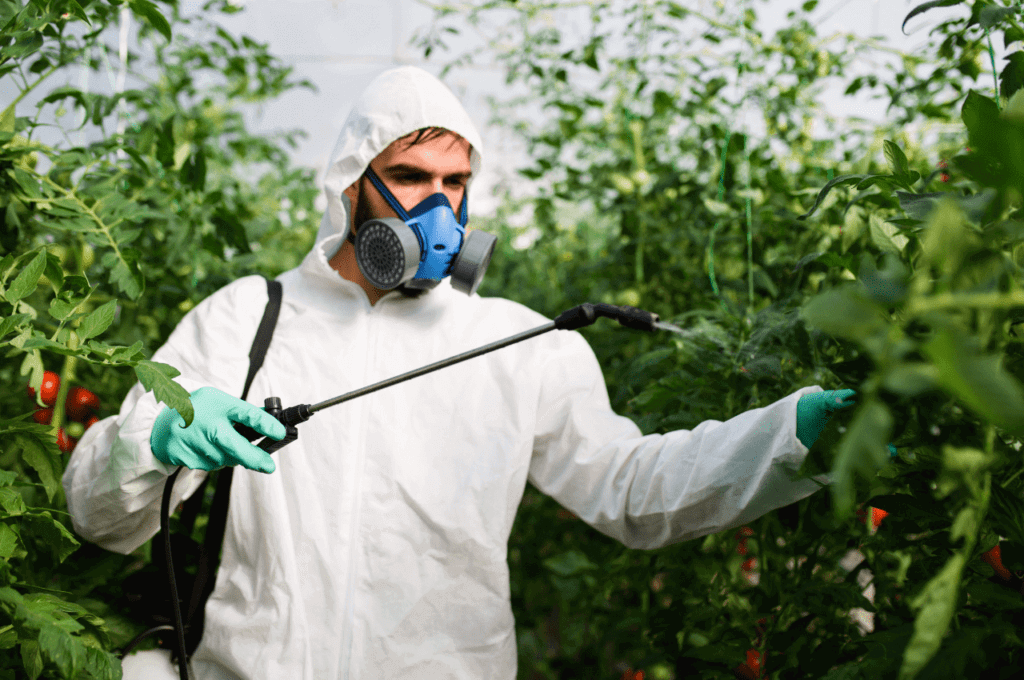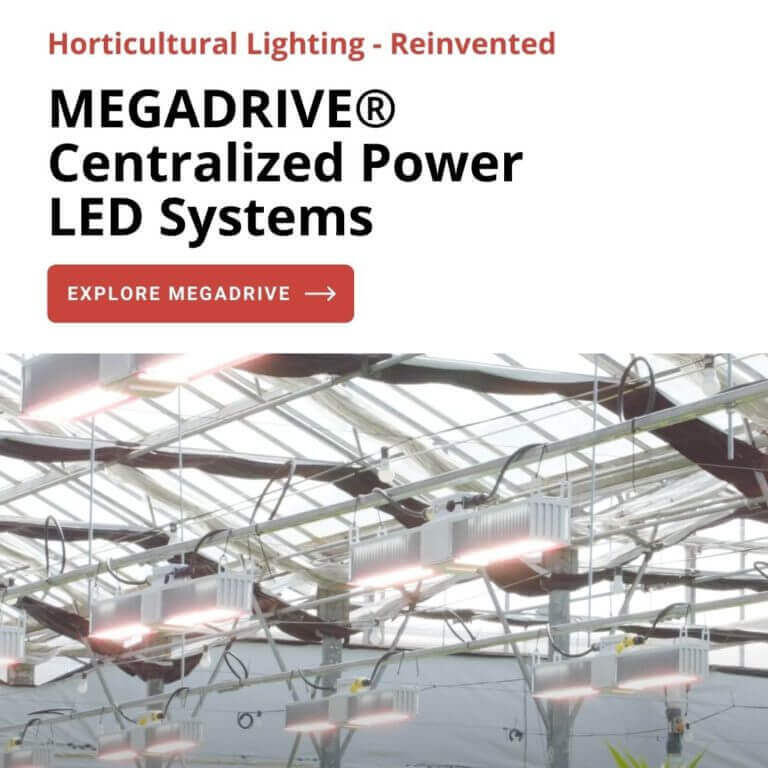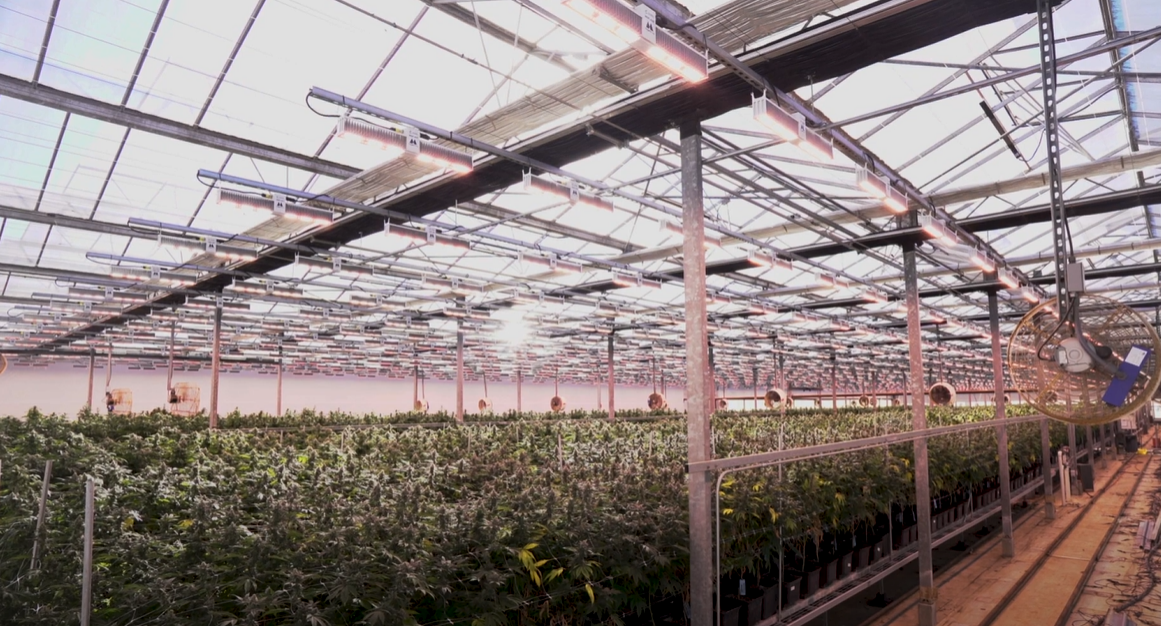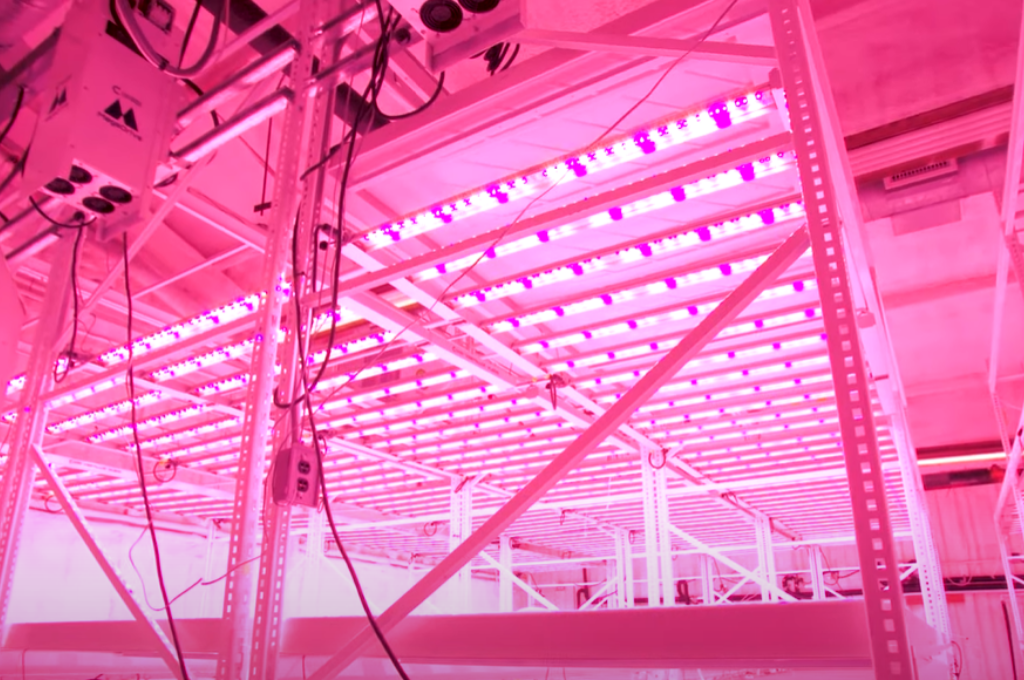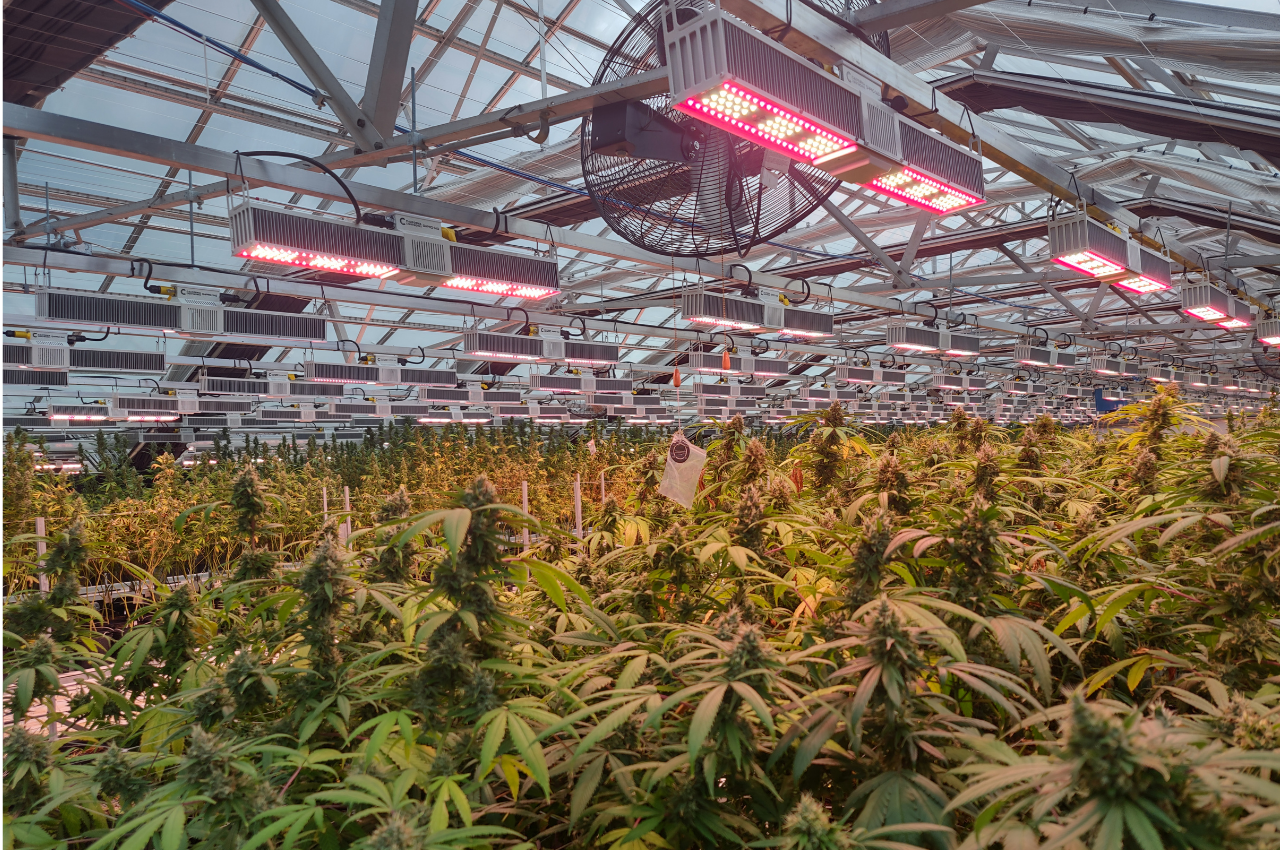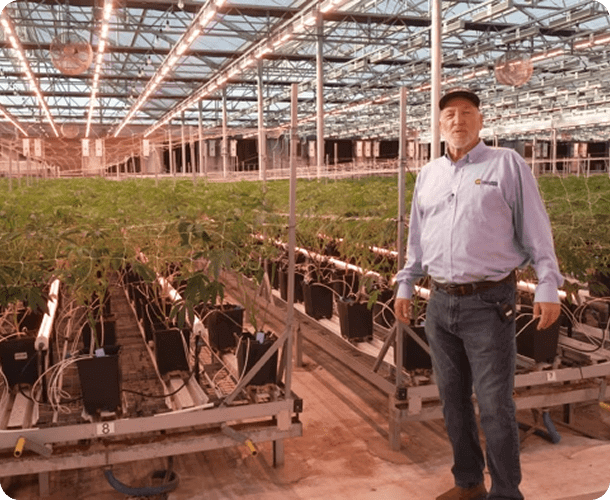Pests are an inevitable part of both indoor and outdoor growing, so having a pest management plan is vital. Every type of plant has natural enemies, and you’ll need to be proactive to keep infestations from ruining your yield.
The best way to keep your plants safe is to minimize pest exposure from the get-go, so prevention is key. However, even with the most strenuous efforts, it’s inevitable that some pests will get to your plants. When it comes to pest management, control methods should be as non-hazardous as possible.
Below, we’ll outline some of the best pest management principles and practices to keep your plants safe.
Integrated Pest Management
Integrated Pest Management (IPM) is the best means to control pests and is used by both commercial and home growers. IPM is a multifaceted approach that involves learning pest life cycles, minimizing pest damage, and removing pests in environmentally friendly fashions.
IPM is a four-tiered approach:
First, set the threshold for acceptable pest levels. Not all unwanted bugs inside your greenhouse or home constitute an infestation.
Second, learn to monitor and identify pest populations. This way, you can spot a budding infestation early on and find ways to prevent it from getting out of hand.
Third, apply preventative strategies when needed. Again, the best way to deal with an infestation is to stop it from happening.
Fourth, in the event of an infestation, look into environmentally friendly pest control measures that minimize damage to your crops.
Prevention First
A good management strategy starts with prevention. First, know what pests you’re looking out for, which may entail some research.
Know What You’re Looking For
Obviously, different areas have different pest problems, so look up common pests in your area to identify the biggest threats.
Common pests include spider mites, russet mites, aphids, and thrips, but don’t forget to check the soil. Soil dwelling pests like root aphids and fungus gnat larvae can go undetected and cause serious damage to your plants.
Sealing Your Growing Area
The best way to stop infestations before they happen is making your grow area as pest resistant as possible.
Sealing off your garden is an environmentally friendly method of keeping pests out. Mylar, which you can get at most hardware stores, is a stretched polyester film easy to apply around your garden, grow tent, or grow room. Mylar prevents small insects from entering, which can reduce pests near your plants.
Maintaining Good Growing Conditions
In addition to seals like mylar, good growing conditions in general help with pest management. Controlling humidity and temperature helps keep your plants strong, helping them fight off pests.
You should also strive to keep your garden free of contaminants that may attract pests. Dispose of garbage right away and clean any gardening tools after use.
Preemptive Pesticides Pest Management
You don’t have to wait until you have a pest infestation to use pesticide. In fact, part of IPM programs are investing in natural preemptive pesticides to deter pests from entering.
There are plenty of natural substances you can apply safely near or on your plants. Neem oil, an extract from the neem seed, both suffocates insects and deters them from entering your garden. Spinosad and bacillus thuringiensis are both bacteria-based insecticides many gardeners use as alternatives to harsh chemicals.
However, for bigger, commercial gardens some people do invest in chemical pesticides. Not all pesticides are bad, and there are many eco-friendly commercial pesticides on the market.
If you’re going to be applying pesticides in a large greenhouse, check with your state agricultural department first to ensure you have all the necessary permits.
You will need personal protective equipment for anyone handling and applying pesticides. You also need to abide by the re-entry interval (REI). That is, the required time period limiting all workers from re-entering an area where pesticides have been applied.
Make sure you follow all regulations closely for the safety of yourself and any of your workers.
Pest Management
No matter how vigilant you are about prevention, sometimes infestations happen. If you find yourself dealing with an infestation, do not panic. There are plenty of methods you can take to manage it and keep your plants safe.
Companion Planting
Companion planting is an all-natural way to get rid of pests that can work for both indoor and outdoor growing. It helps create a diverse ecosystem that deters pests.
Companion planting simply adds complementary plants to your garden that naturally repel insects. Herbs like basil, dill, and coriander repel aphids and spiders, for example, and marigold can deter beetles.
Natural Sprays Pest Management
You can use the same bacteria-based pesticides you used for prevention to treat an infestation or look into organic, all-natural commercial insecticides, many of which can be used safely at all stages of the growth cycle.
Plant oil extracts are also a natural means of treating an infestation. Garlic, clove, cayenne pepper, rosemary, cinnamon, and thyme have powerful natural insecticidal compounds and are found in many organic pesticides.
Chemical Treatment
Chemical treatment should only be used as a last resort if all else fails.
Make sure you choose the right pesticide product, one that targets the specific pests harming your plants. In general, broad-spectrum pesticides treat a variety of common pests, while selective pesticides usually treat specific organisms. Read all labels carefully and learn as much as you can about potential pesticides before committing to a purchase.
When applying pesticides, follow all safety instructions. Pesticides can be harmful to both plants and people when applied incorrectly. Make sure you use only the recommended amount for the size of your grow area and wear protective clothing when mixing and applying your pesticides.
Conclusion
Pests are an inevitable part of growing, but an integrated pest management approach can help you minimize problems. Natural means of pest control and prevention should you be your first course of action, and chemical treatments should only be used as a last resort.
While it’s common to struggle with occasional pest problems, most growers can successfully keep pests out and manage infestations with a little extra effort. If you have any questions about pest management – or anything else about growing – don’t hesitate to reach out to us anytime.
